This website uses cookies so that we can provide you with the best user experience possible. Cookie information is stored in your browser and performs functions such as recognising you when you return to our website and helping our team to understand which sections of the website you find most interesting and useful.
Technologies
Creating products your consumers will love
BLENDING CORE
TECHNOLOGIES

Baking
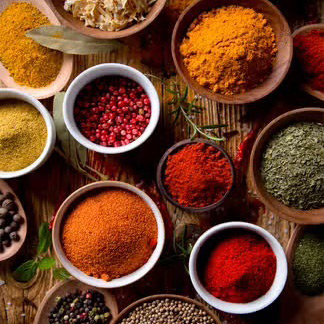
Blending

Cooking
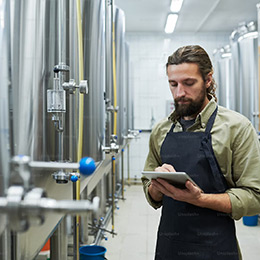
Distillation
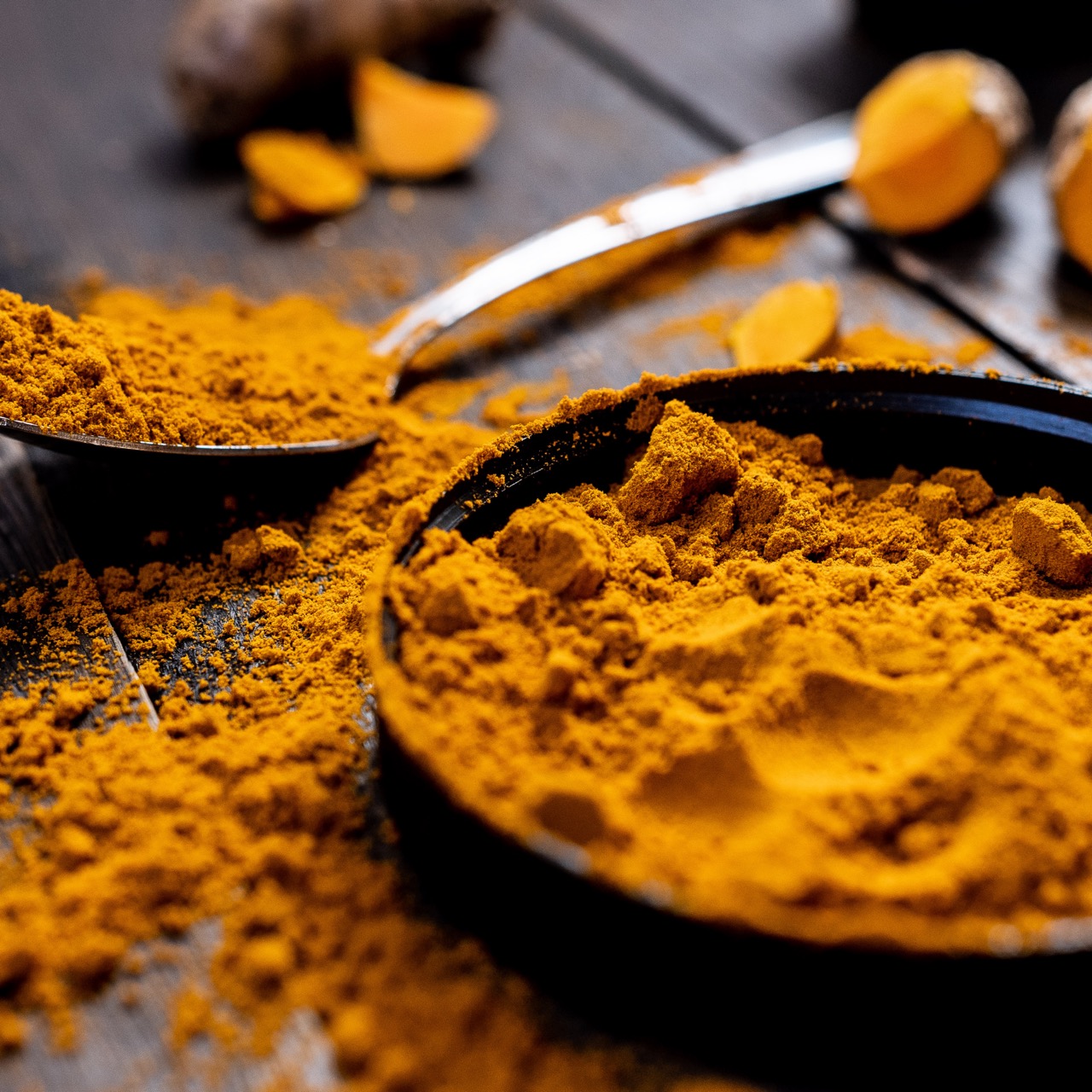
Drying
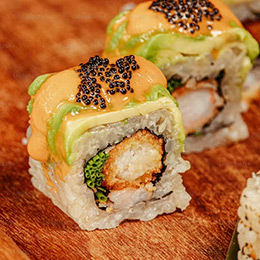
Enhancing
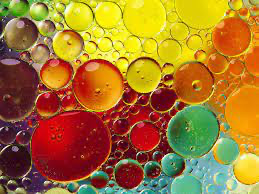
Emulsions
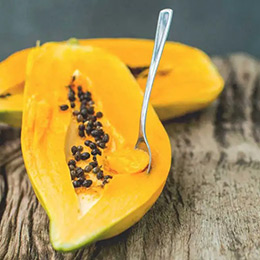
Enzyme Extraction
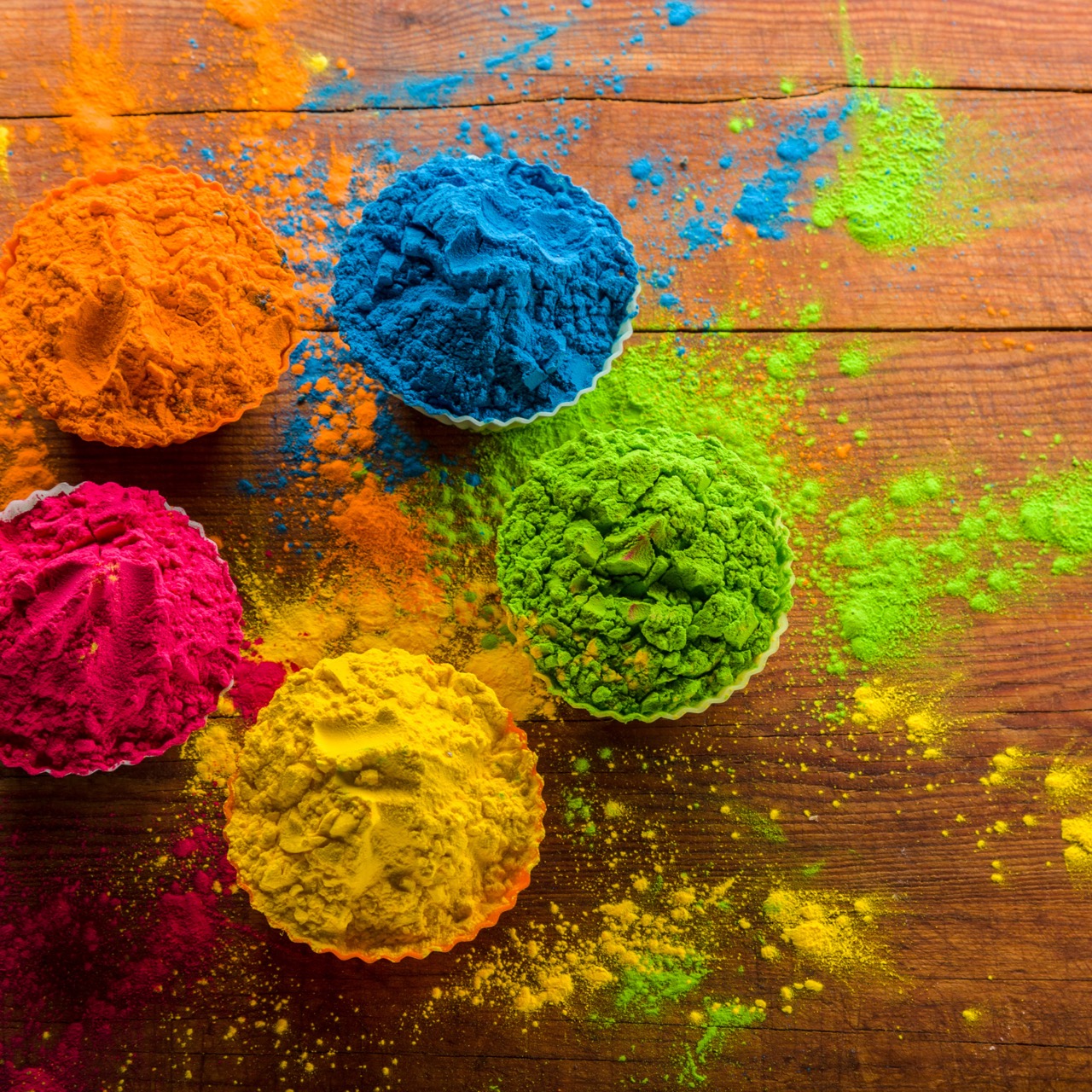
Fioriocolori
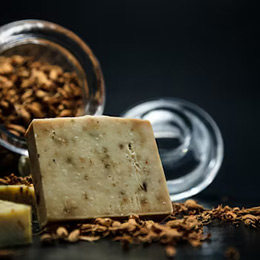
Flavour Creation
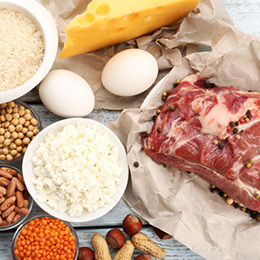
Hydrolisis
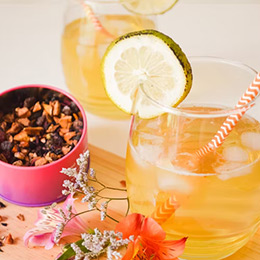
Infusion
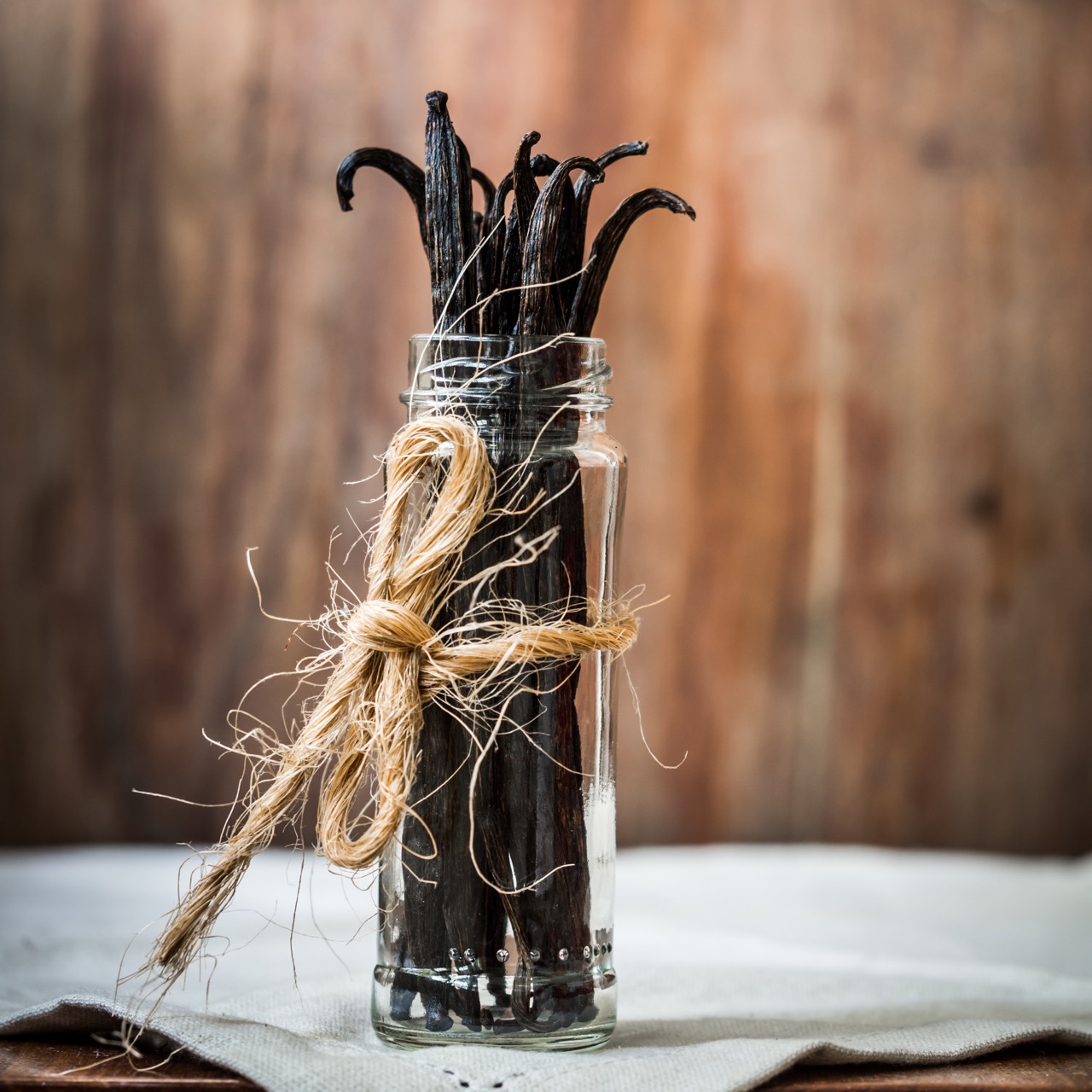
Natural Extraction
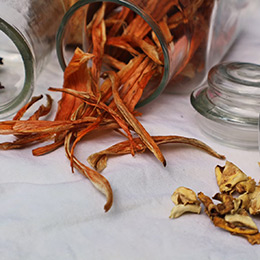
Spray Drying

FLAVOUR CREATION
We are so passionate about flavours! A big part of what we do at Nactarome involves creating, manufacturing, and delivering great-tasting, application-proof, and consumer-thrilling premium natural flavours and cost-effective nature-identical flavours. Our amazing team of highly skilled flavourists combine thousands of natural and identical-to-natural aromatic molecules to create the desired aroma, designed to suit specific applications and processes. We like to think of our flavourists as true artists, who can deliver magic to your products, to thrill your consumers’ taste experience!
Our flavourists’ trained noses and tastebuds are also supported by state-of-the-art analysis equipment, to make sure our quality is consistent, and our flavours are meeting the desired performance requirements. They work hand in hand with our marketing experts to identify upcoming trends and evolving taste preferences, to deliver tomorrow’s preferred profiles, today. And they can count on our application specialists too, to fully test our flavour potential in different products and under different process conditions.
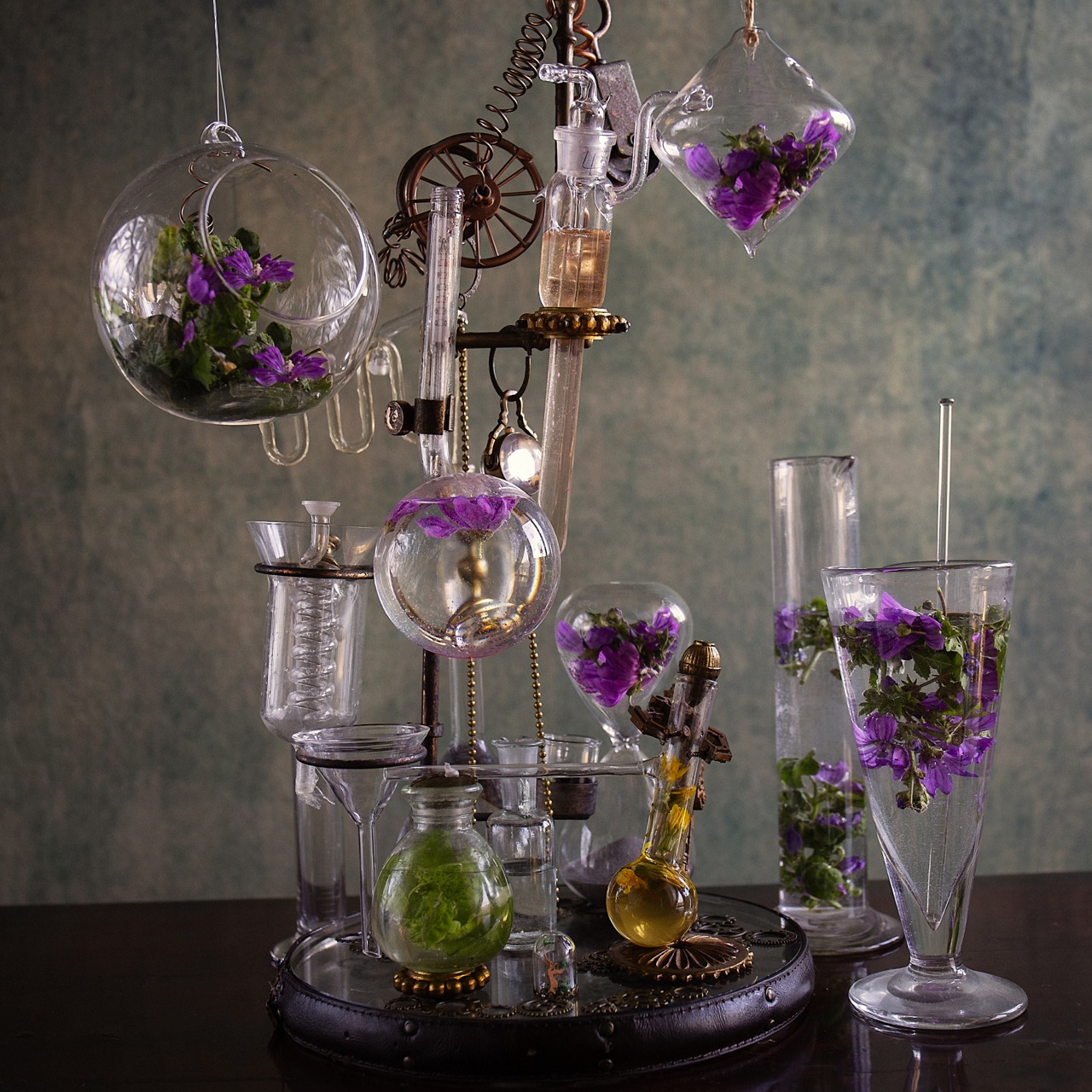
EXTRACTION & DISTILLATION
Extraction and distillation are natural, traditional processes that allow us to gather all the aromatic and sometimes coloured fractions out of natural source materials. The number of maceration phases and the type of extraction process depend on the matrix (the herb, fruit, vegetable, spice) and on what we want to achieve as a final extract, rich in the desired aromatic or colouring compounds, without formation of artifacts.
At Nactarome, we use extraction processes not only for our taste solutions, but also for our natural ranges marketed under the FiorioColori brand, where we apply both natural and solvent extraction processes.

BLENDING
At Nactarome, we use blending at different levels and with different product ranges, to deliver application-performing products. Of course, we use blending to formulate our flavours: we mix aromatic molecules and solvents that are specific to the regulatory requirements, to the final application, to dieting or religious restrictions [e.g., Halal/Kosher, or suitable-for-vegan, or allergen-free]. But we also use blending to add complexity to our seasonings for snacks, or for our marinade range, just to mention a few.
ENCAPSULATION
By the term “encapsulation” we describe different processes to cover specific substances – colours or aromatic compounds – with a protective wall material, to impart some level of protection against evaporation, reaction, migration, or alteration in specific pH-light-heat conditions (particularly when it comes to colours).

DRYING
Drying or “dehydrating” taste or colour products is a process whereby we remove enough moisture from the matrix so that bacteria, yeast, and moulds cannot replicate or survive.
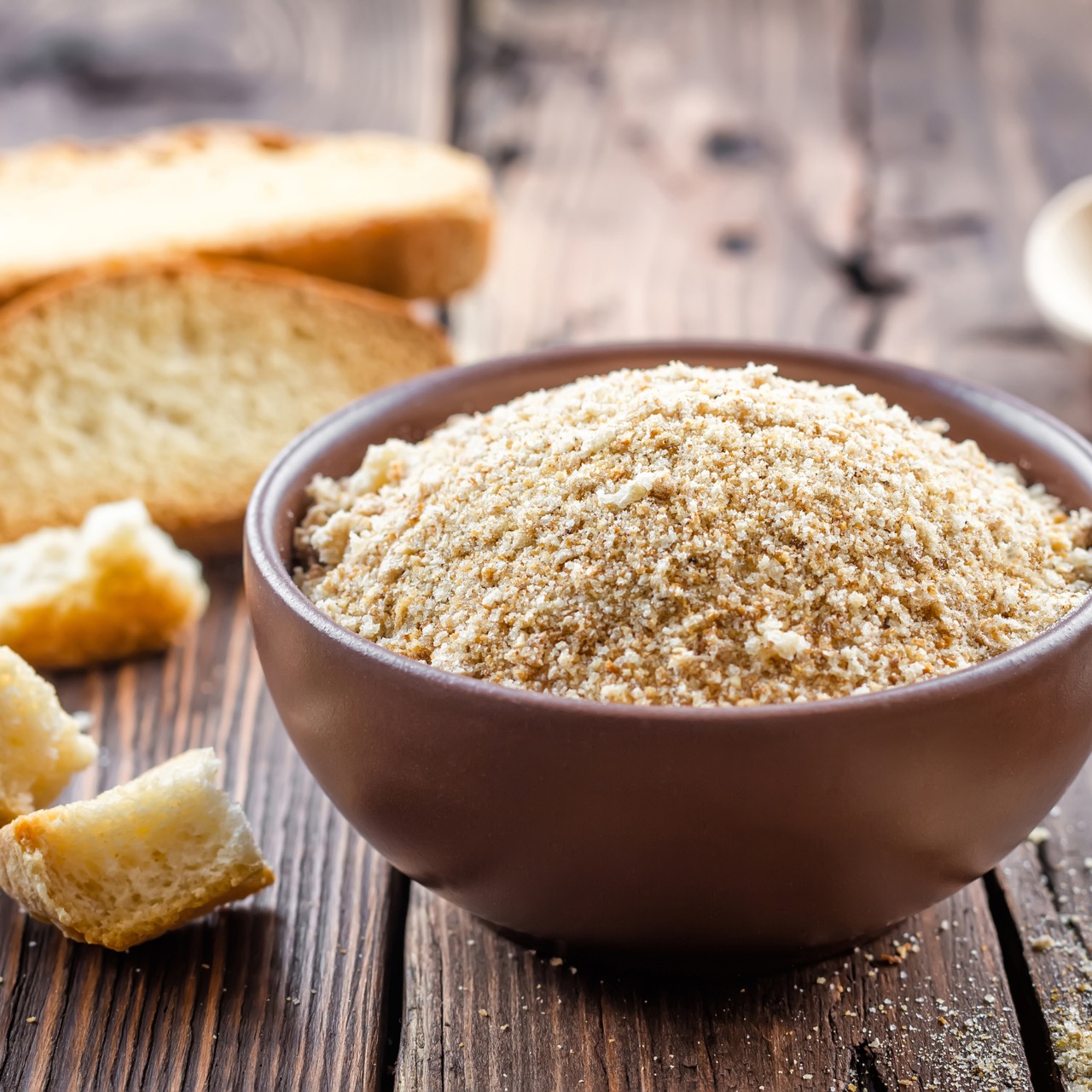
BAKING
What would we do without baking? It is the core technology for our breading and filling ranges!
HYDROLYSIS
Hydrolysis is a reaction process whereby a compound is broken down into simpler compounds using water as one of the reaction agents. It is broadly applied to proteins, to create meat-like flavours for food applications. HVP is probably the best-known result of hydrolysis, and is broadly used to enhance the flavour of soups, snacks, plant-based burgers etc.
ENHANCING
Emulsions are created when we forcibly combine two immiscible liquids in a suspension, to create a uniform, homogeneous solution.
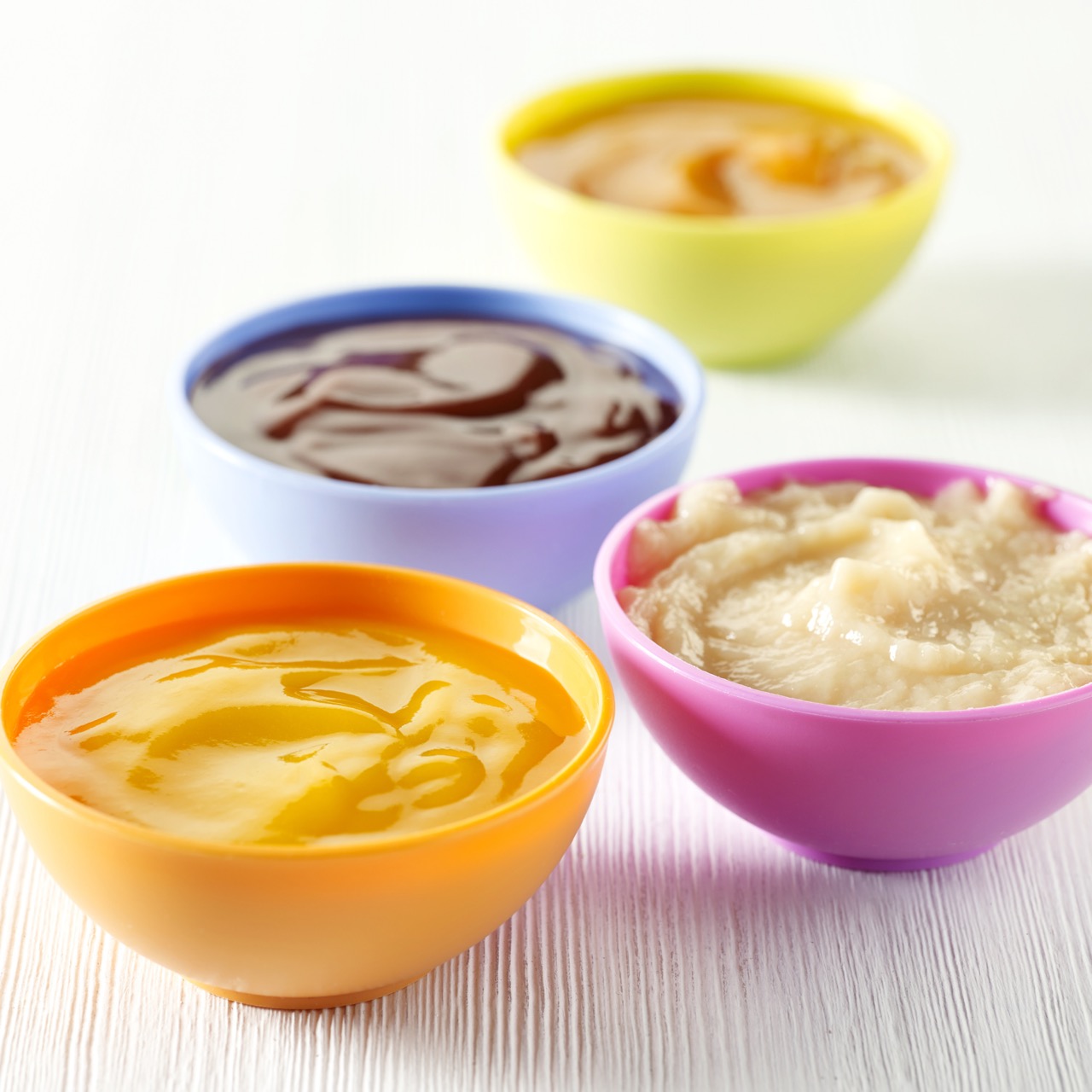
COOKING
Reaction cooking is a culinary process that creates amazing flavour and aroma compounds with the application of heat. It happens when proteins and/or aminoacids chemically react with carbohydrates/ reducing sugars. At Nactarome, we use vacuum reaction to create the complex profiles of cooked meat (and we can replicate specific cooking notes), coffee, cocoa, but also pop-corn.

SYNTHESIS
At Nactarome, we use chemical synthesis to manufacture our primary FiorioBright range, to achieve exceptional purity and allow application in food & beverages according to all primary regulations, like 95/45/EC; FDA; CFR 21 PART 1/99-82.1051.

